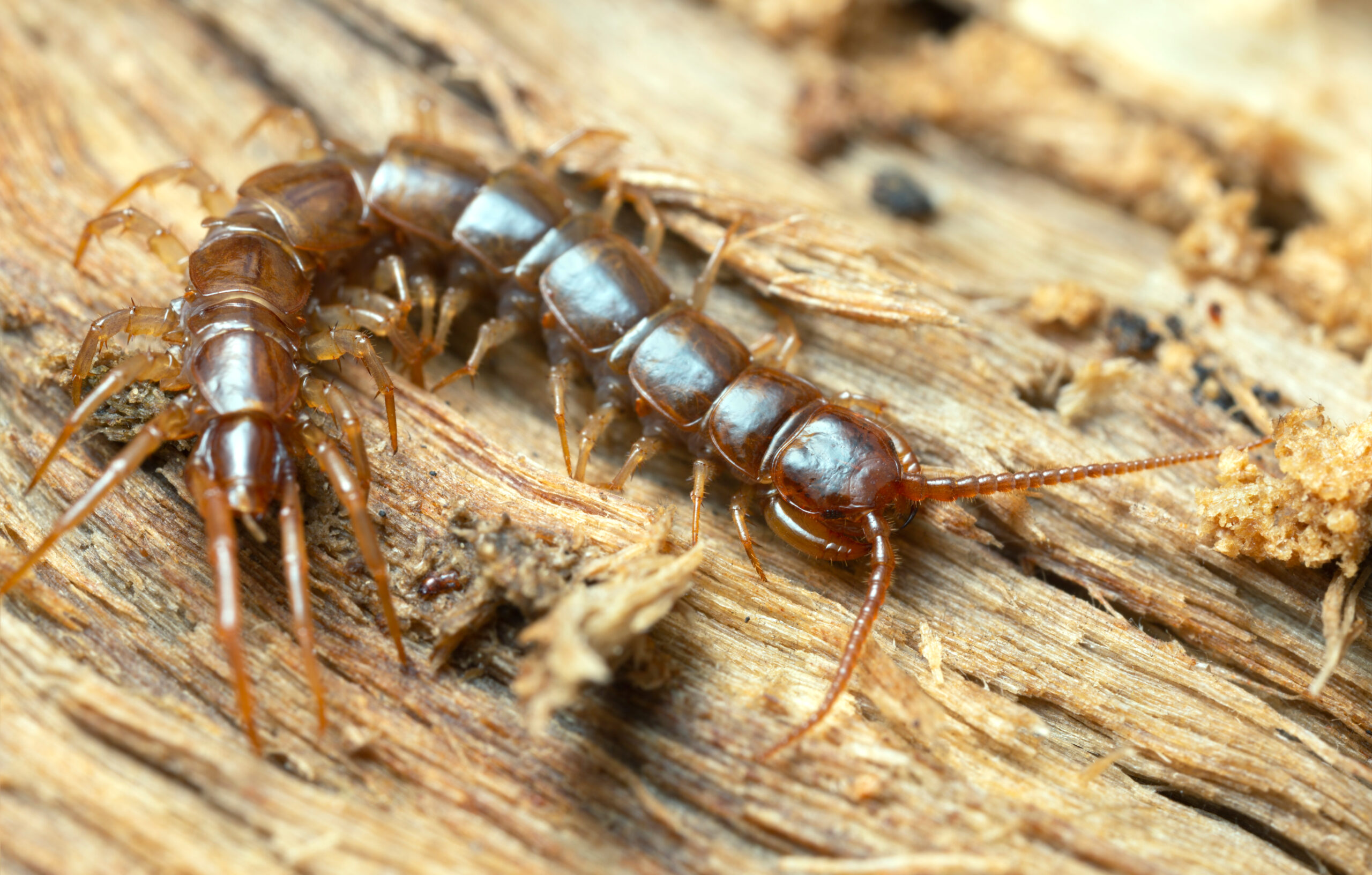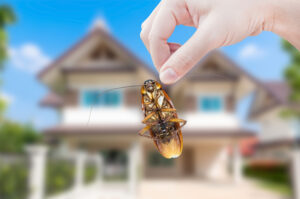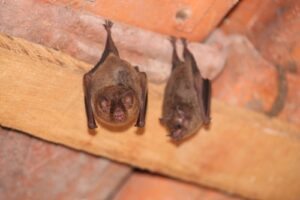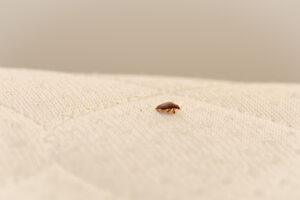When it comes to pest control, understanding the pest you may be dealing with is half the battle. While millipedes and centipedes may look similar, there are some important differences you should know about, especially if you find one of these many-legged creatures in your home.
You don’t need to know exactly the ins and outs of every creepy crawly when you call pest control for help — we’re professional pest identifiers, after all! Still, if you can identify it, you’ll be better equipped to deal with it in minor situations or take preventative measures to avoid future infestations.
Ready to spend a little time in the world of arthropods? Let’s get started.
What are Millipedes and Centipedes?
Did you know? Millipedes and centipedes are actually not insects, being more closely related to aquatic arthropods like lobsters, crayfish, and shrimp. While they are land-based critters, millipedes and centipedes prefer a moist and humid habitat (perhaps a nod to their sea-dwelling relatives).
Despite some poisonous aspects, millipedes and centipedes are relatively harmless. They don’t carry diseases that can harm other living things, like mosquitoes and some other pests do. That said, before scooping up one of these many-legged worms with your bare hands it’s important to know their key differences. Both millipedes and centipedes bring unique problems to your garden or home, making them less than ideal house guests.
Four Key Differences Between Millipedes and Centipedes
1. Appearance
Millipedes have four short legs per segment that are located beneath their body. They also have a small, round head and short antennae and are generally dark and solid colored. Centipedes have only two legs per segment, but theirs are much longer than millipede legs and stick out to the sides.
Looking at the positioning of the legs is the quickest way to identify whether you’re dealing with a millipede or centipede without getting up close and personal! Centipedes also have larger heads with long antennae, plus antennae along their backs that help them see. They are typically more vibrantly colored and patterned than millipedes.
2. Potential Danger
If you’re debating whether to mess around with a millipede or a centipede, remember their potentially poisonous aspects. Millipedes are generally safer, as they don’t bite and aren’t poisonous, but they can excrete toxins from their bodies when they feel threatened. While a centipede will run away if it perceives a threat (like a giant boot trying to step on it), millipedes hold still and excrete this toxin along their body.
If you’re going to pick up a millipede, do so with gloved hands or using a cup so you don’t get the toxins on your bare skin, as this can cause some irritation. If you pick up a millipede on your bare skin, wash it as soon as possible to prevent irritation.
Centipedes, being more carnivorous, do bite — and their bite is poisonous. A centipede bite feels like a bee sting and can be very painful, but it’s usually not life-threatening unless an allergic reaction occurs. They won’t bite unless they feel threatened, preferring flight over fight, so staying safe from centipede attacks is pretty easy.
3. Different Diets
Lending purpose to their bite, centipedes eat insects that they kill with their poisonous bite. They even eat other centipedes — a form of cannibalism that, while unpleasant, can be handy for pest control a la natural selection. Because they consume other pests, centipedes can be helpful for insect control around your property. They won’t harm your garden like millipedes can, and may even decrease your other pest control issues. Still, they’re best left outdoors.
Millipedes feed off of decaying plant matter and may also nibble on living plant roots, killing your precious crops from underground. While you don’t want these creatures in your house, you don’t want them in your garden either!
4. Preferred Habitats
While both millipedes and centipedes prefer damp, outdoor habitats, this doesn’t mean they won’t inadvertently find their way inside your house (especially if you have nice, appealing habitats for them right outside your door). Millipedes and centipedes are most commonly found indoors after heavy rainfall or dry, hot weather. In other words, they can move into your home any time of the year!
Because of their love for all things moist, you’ll most likely find them in your laundry room or bathrooms. Millipedes, more often than not, will be dead before you find them since they can’t survive very long indoors. Centipedes can survive much longer if they feast on the other insects they find in your home.
Do I Need Pest Control to Deal with Millipedes and Centipedes?
Anytime you have an intruder, it’s wise to contact pest professionals. Even if you only find one or two millipedes or centipedes in your home, call our team at Advantage to schedule an appointment to treat your home. Our family-owned, local team brings vast experience and excellent service.
If you’re continuing to find one (or both!) of these pests in and around your home, give us a call at Advantage Termite and Pest Control to make sure a few creepy crawlies doesn’t turn into a more significant issue!













